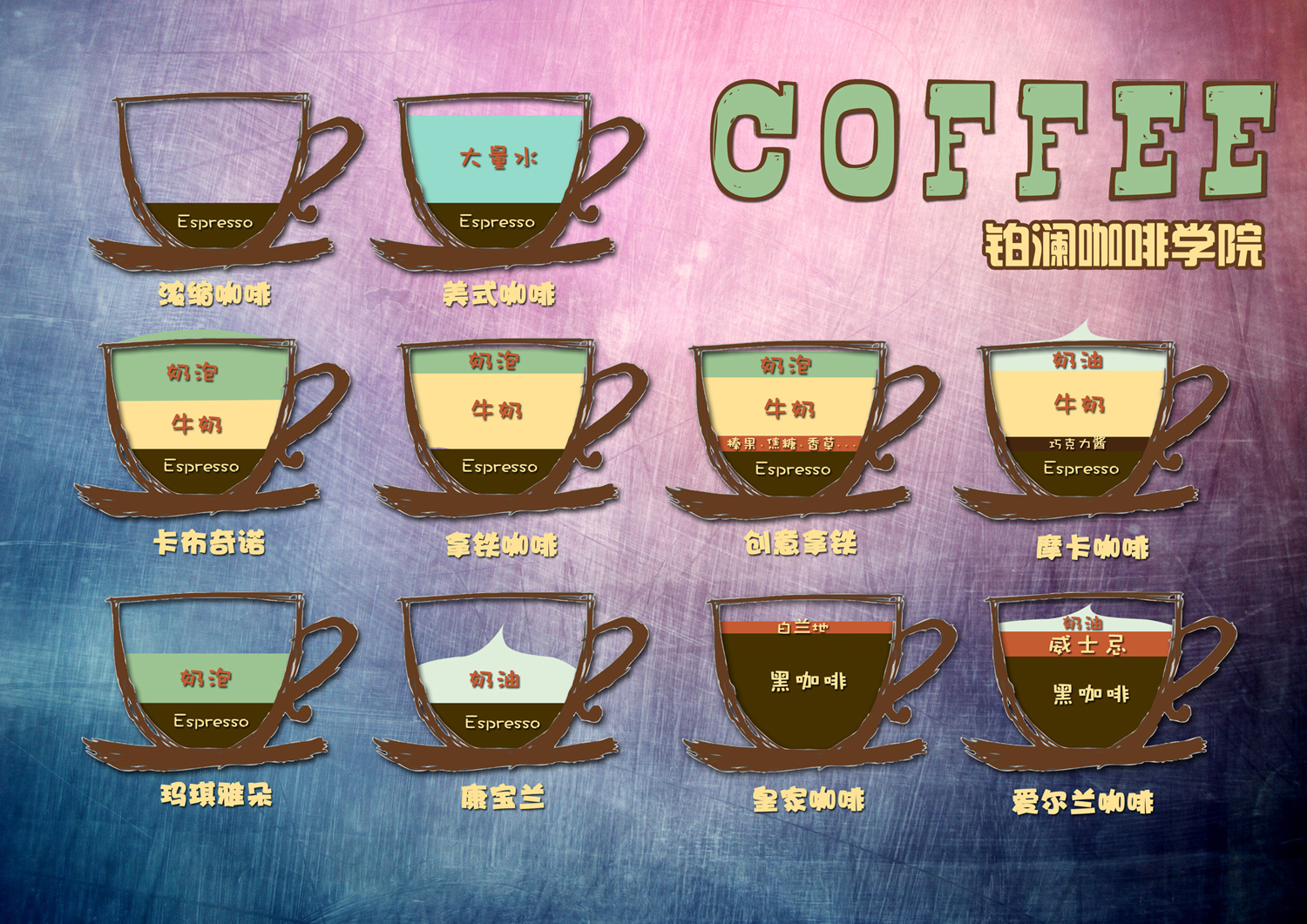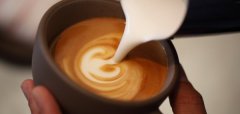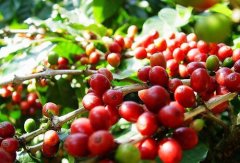Try coffee beans coffee how to drink coffee introduction
Boutique coffee beans must be excellent varieties, such as the original bourbon species, mocha species and Tippica species. The coffee beans produced by these trees have unique aroma and flavor, which is far from that of other tree species, but the relative yield is low. in recent years, in order to pursue the ability of disease and insect resistance and increase the yield, there have been many improved tree species, such as Kenya to promote a large number of high-yield rurial11 species, but the taste and quality are greatly reduced. Of course, you can't call it "boutique coffee".
When many books introduce how to choose coffee beans, they mostly ask to look at the beans, smell the beans, touch the beans and even bite them. although these are important, the prerequisite is whether the taste of coffee roasting suits you or not. each roasting stage will vary according to the roaster's understanding of coffee roasting, and will adjust the roasting methods for maximum benefit because of cost considerations. The "mantrin" of shop An is not the same as that of shop B, so the best way is to try it in person: "try it."
"tasting" starts with getting to know a restaurant. Sit on the bar, order a cup of coffee, see how the bar master (miss) makes coffee, chat with him, understand the history of the shop, the most important thing is to understand the store's attitude towards coffee, usually willing to accept new knowledge, detailed answers, and objective and meaningful, understand the dynamics of the industry as a whole, the store will take a more proactive attitude towards coffee, but also more able to take care of the quality of coffee Natural coffee won't be so bad.
Many of the mid-market sellers who supply coffee beans sell wholesale beans and do not roast themselves, so try to find shops with roasting ability if they can, because "coffee brewing is a level, and coffee roasting will be promoted to another level." it would be even higher if the roasters can go directly to the place of production to buy coffee, but we don't know whether there are such people in Taiwan. Maybe they will retire, and there should be one in the future. So at present, only people in Taiwan who have enough experience in coffee roasting can barely understand coffee, but they just follow others. Just listen to it and don't take it seriously!
Some people suggest that we should choose according to whether the coffee beans are oiled or not. This suggestion is not wrong with shallow roasting, but it takes more than ten days for shallow roasted beans to produce oil, and there is no need to wait for the oil to produce fragrance, while for deeply roasted coffee beans, the oil will come out in a little faster than 24 hours, and it will take only 3 days at the slowest time. If you choose according to the oil situation, then the deeply fried beans will not be discarded. And the future coffee beans will move towards the direction of packaging, can not see, can not touch the coffee beans, so depending on whether to oil or not to choose persuasive!
Freshly roasted coffee beans have a crisp bite, but coffee beans that have been kept for more than ten days will not feel too bad, so it seems impractical to ask for crisp bites, and the suggestion of 7 to 10 days after baking during the best drinking period seems impractical. Peeling the coffee beans and seeing whether the color of the outside is uniform is the basic requirement of baking and has nothing to do with freshness, and the requirement of smooth and smooth surface is even more surface kung fu. So there is no other way to choose coffee beans, but to "try it". The more bubbles and bubbles you cook, the fresher you are, but does freshness mean everything?
Stable quality is the key point of choice, especially coffee beans of large brands, which usually take more than a month to be roasted to consumers. If it is normal to import brands for half a year, how to maintain the stability of quality is the focus of major coffee companies. For example, super oro of Lavazza in Italy has a reputation that remains unchanged for ten years. Imagine that the taste and quality of Mantlin coffee from a roaster are often different. How do you ask people to evaluate it?

Important Notice :
前街咖啡 FrontStreet Coffee has moved to new addredd:
FrontStreet Coffee Address: 315,Donghua East Road,GuangZhou
Tel:020 38364473
- Prev

Coffee knowledge is often used to fancy coffee English espresso
Common Coffee name: Italian Coffee: Italian Coffee Italian espresso: Espresso Italian foam Coffee: Cappuccino Latte: CafeLatte (Coffee Latte) American Coffee: CafeAmericano French drip Coffee: French Coffee Ice French drip filter: Iced French Coffee decaf: Dec
- Next

What are the flavors of coffee by taste classification
For sour coffee beans, especially high-quality new beans, the baking degree is the best, while the bitterness system is lighter, and then the sweet details are mostly selected beans with high water production, and baking often constitutes the key to whether it can be integrated into the soft bitterness. On the other hand, even if the coffee beans are not produced in the highlands, the neutral flavor requires stable treatment of stable quality.
Related
- Beginners will see the "Coffee pull flower" guide!
- What is the difference between ice blog purified milk and ordinary milk coffee?
- Why is the Philippines the largest producer of crops in Liberia?
- For coffee extraction, should the fine powder be retained?
- How does extracted espresso fill pressed powder? How much strength does it take to press the powder?
- How to make jasmine cold extract coffee? Is the jasmine + latte good?
- Will this little toy really make the coffee taste better? How does Lily Drip affect coffee extraction?
- Will the action of slapping the filter cup also affect coffee extraction?
- What's the difference between powder-to-water ratio and powder-to-liquid ratio?
- What is the Ethiopian local species? What does it have to do with Heirloom native species?

